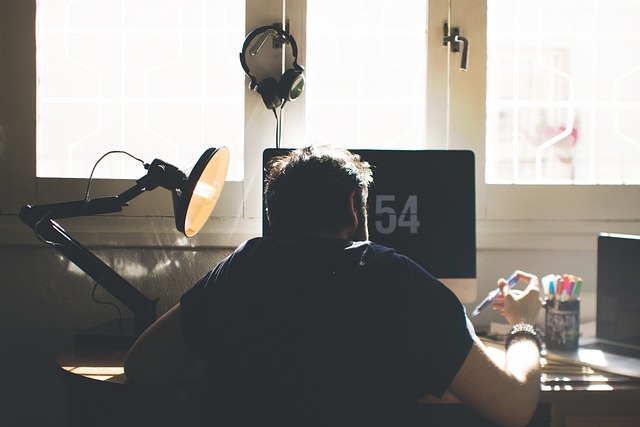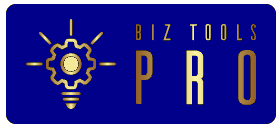
It’s difficult to know exactly how many people work by themselves. However, estimates suggest the figure could be as high as 1.3 billion Australians work alone. Of course, some of these are self-employed individuals and are responsible for their own safety. But, any employee that works alone is the responsibility of the company. That means, the business needs to monitor them and ensure they are safe, as well as react quickly if there is an issue.
Failure to provide adequate monitoring and cover means the company will be liable should anything go wrong. That’s why you need to deal with the hazards they may encounter.
Injury
This is the most obvious issue and the most( likely to happen. Accidents can occur anywhere without anyone being at fault. But, when they occur to a lone worker the employee can be in pain or even suffer life-threatening injuries. If no one knows about this then the employee can suffer death or life-changing injuries, situations that may be avoided with faster responses.
To deal with this all lone workers should check in with the head office at set intervals. If one doesn’t check in then the company needs to alert emergency services and get to the site themselves. This is easy to do via duress alarms., they will send an alarm signal to the employer if the worker is horizontal or if they stop breathing.
They can also make a loud noise to attract help locally.
Harassment
Another issue that lone workers can face is harassment from the public in the vicinity. This can be daunting and can easily escalate. The panic or duress alarms can help the lone worker summon help without being noticed. This can help to ensure the issue is resolved.
In addition, the employee needs an option to talk about these incidents. It can help them psychologically and the company can provide additional support to prevent the problem from occurring.
Awareness
As accidents are one of the biggest risks the company should do as much as possible to prevent them from happening. That means, undertaking regular risk assessments which includes shadowing the employee. The risk assessments can be used to identify when and where accidents are most likely to happen.
More importantly, this information can be used to reduce or, if possible, eliminate the issue. This doesn’t just protect the employer, it also gives the employee confidence and helps them to feel like they matter. That’s great for productivity.
Issue PPE
Personal Protective Equipment is generally decided on after a risk assessment and then issued to the relevant employees. It will need to be accompanied by a training session to ensure the employee knows how and when to use each item of PPE.
While this doesn’t negate the risk of injury it does offer the employee as much protection as possible, reducing the risk.
Reporting
If you’re dealing with a lone worker incident then remember to report the occurrence properly. This allows the company to see what has happened and what steps can be taken to prevent the issue in the future.
